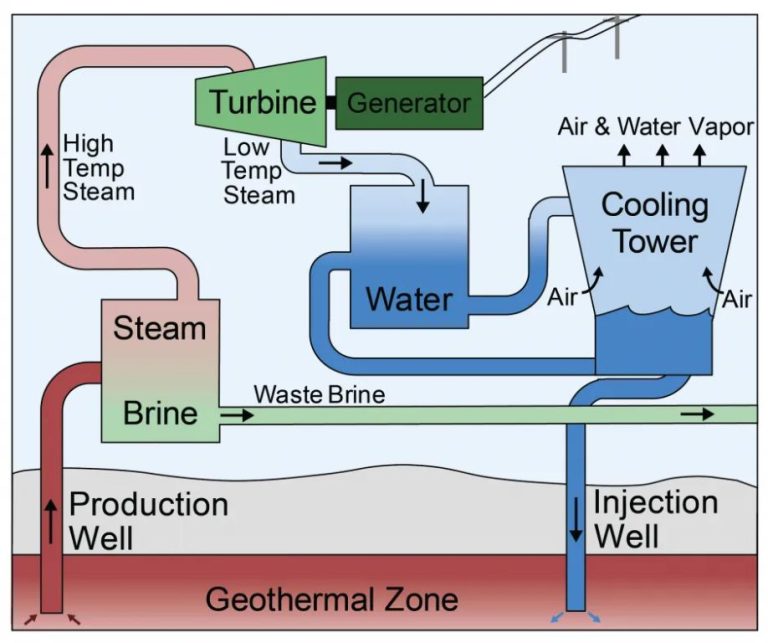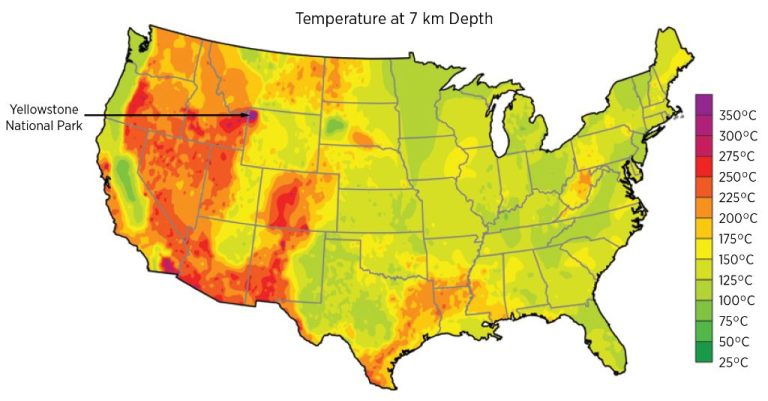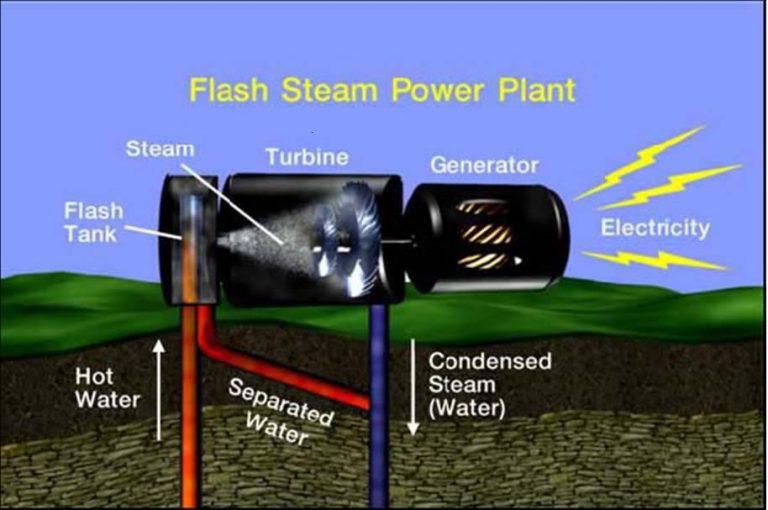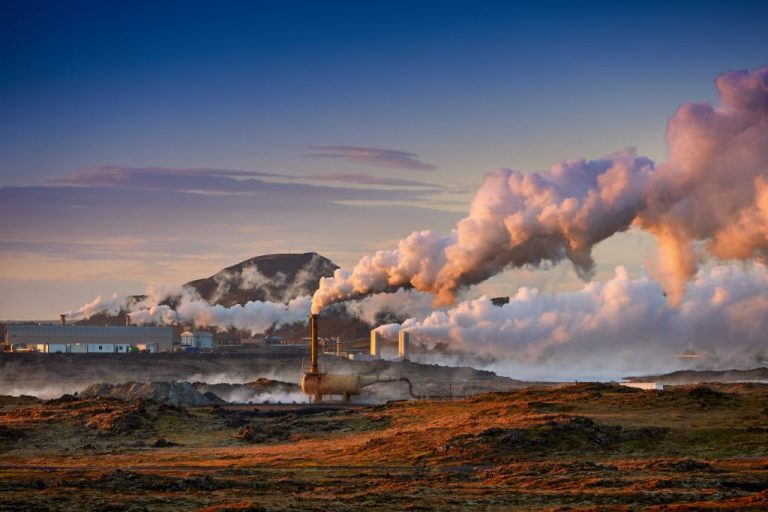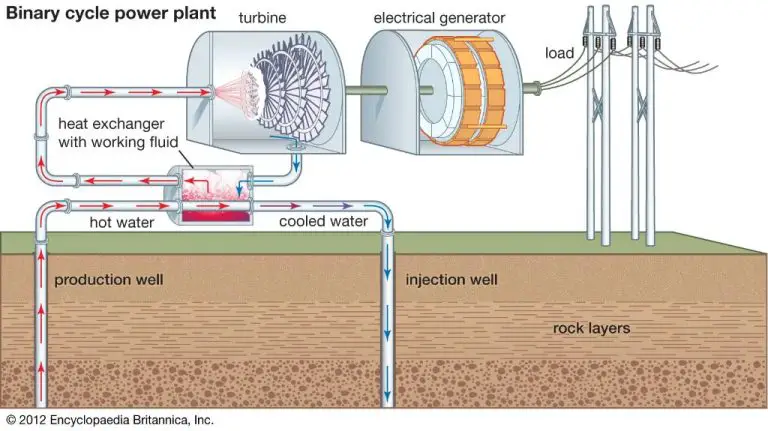Is Geothermal Energy Produced By The Heat Of Earth’S Molten Interior?
What is geothermal energy?
Geothermal energy is heat energy generated and stored beneath the earth’s surface. The word “geothermal” comes from the Greek words geo, meaning earth, and therme, meaning heat. Geothermal energy is a renewable source of energy because heat is continuously produced inside the Earth (U.S. Energy Information Administration).
There are three main types of geothermal energy systems used to produce electricity: dry steam, flash, and binary. Dry steam plants use steam from a geothermal reservoir to directly turn generator turbines. Flash plants pull deep, high-pressure hot water into lower pressure tanks and use the resulting flashed steam to drive turbines. Binary cycle plants pass geothermal water through heat exchangers, which transfer heat to a separate fluid that boils at a lower temperature than water. This causes the second fluid to vaporize and spin generator turbines (U.S. Department of Energy).
Is geothermal energy renewable?
Yes, geothermal energy is considered a renewable energy source. According to the U.S. Energy Information Administration, “Geothermal energy is a renewable energy source because heat is continuously produced inside the earth” (https://www.eia.gov/energyexplained/geothermal/). The heat generated deep within the Earth’s core does not run out or get used up over time, which makes geothermal a sustainable long-term energy solution.
Geothermal energy relies on tapping into the natural heat of the Earth through geothermal reservoirs of hot water or steam. While geothermal sites can become depleted over time if the water is extracted faster than it is replenished, they can also regenerate themselves over time, allowing decades of continuous energy production (https://www.enbridge.com/energy-matters/energy-school/geothermal-renewable). New geothermal sites are also continuously being formed and discovered. This ability for geothermal systems to self-replenish makes geothermal power fundamentally renewable.
How is geothermal energy produced?
Geothermal energy taps into underground reservoirs of hot water and steam deep below the Earth’s surface to produce energy (Energy.gov). The heat that drives geothermal energy systems comes from two sources: the hot core of the Earth, several miles below the surface, and the decay of naturally radioactive elements like uranium, thorium, and potassium (NREL).
As the Earth formed over 4 billion years ago, the heat generated during this process was trapped under the surface. This primordial heat emanating from the Earth’s core, in addition to heat produced from the decay of radioactive elements, migrates towards the surface and heats underground water reservoirs to extremely high temperatures. This hot subsurface water sometimes travels naturally to the surface in the form of hot springs or geysers. But it can also be tapped by drilling wells and pumping the heated underground water or steam to the surface to produce geothermal power.
Is the Earth’s core involved in geothermal energy?
The Earth’s core is not directly used for geothermal energy production. The inner core of the Earth is approximately 4,000 miles below the surface and reaches temperatures of up to 9,800°F (5,400°C) (1). This extreme heat is inaccessible and impractical for energy extraction.
Instead, geothermal energy taps into much shallower and cooler reservoirs of heated rock, water, and steam that exist between 3 and 10 miles below the Earth’s surface (2). These geothermal reservoirs can reach temperatures of 300 to 700°F (150 to 375°C) which is sufficient for generating electricity (3). The high temperatures are primarily residual heat from the Earth’s formation and radioactive decay of minerals, not directly from the core.
While the Earth’s molten core does contribute some geothermal heat, accessible geothermal resources originate from hot rocks and fluids at much shallower depths, not the deeper interior of the planet.
(1) Where geothermal energy is found – U.S. Energy Information Administration (EIA)
(2) Geothermal FAQs | Department of Energy
(3) What is Geothermal Energy? How Does it Work? – TWI Global
What are the main types of geothermal energy systems?
There are three main types of geothermal power plants that are used to generate electricity:
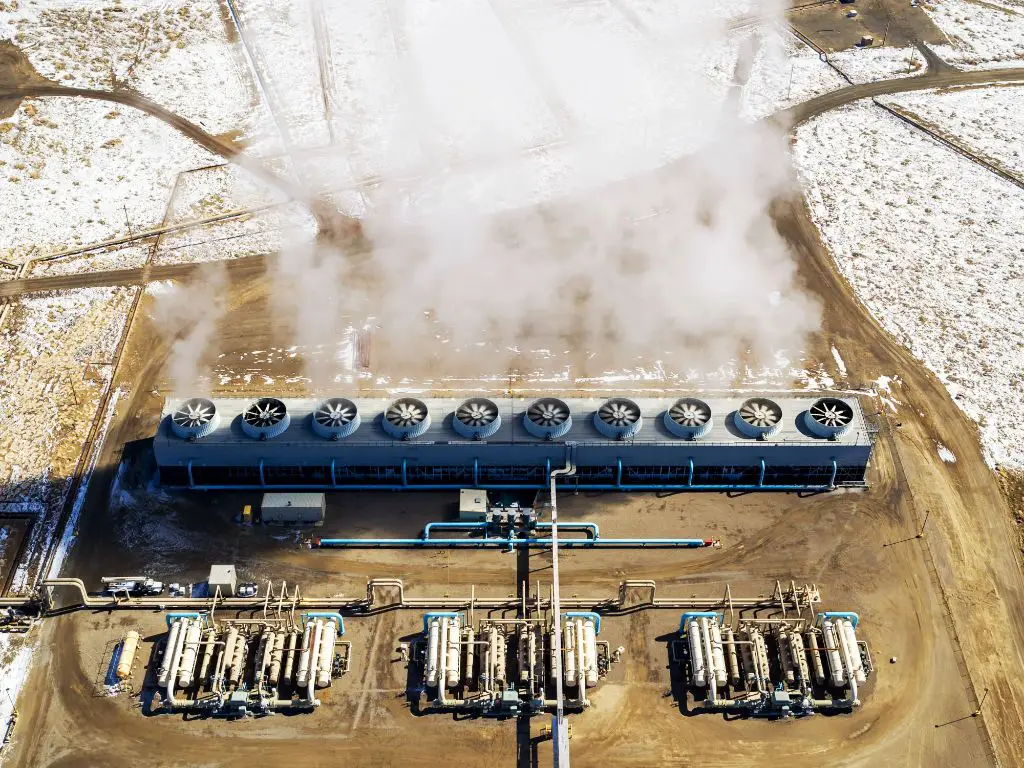
Dry steam plants
Dry steam plants use steam directly from a geothermal reservoir to turn turbines and generate electricity. The first geothermal power plant was a dry steam plant built in Italy in 1904. At The Geysers in California, dry steam technology is still used to generate electricity today (Types of Geothermal Power Plants). This type of geothermal plant is only viable in areas with geothermal reservoirs that produce dry steam.
Flash steam plants
Flash steam plants take high-pressure hot water from deep inside the earth and convert it to steam to drive turbine generators. When the hot water is pumped to the surface, the drop in pressure causes it to vaporize into steam. Flash steam plants are the most common type of geothermal power plant in operation today (Electricity Generation).
Binary cycle plants
Binary cycle plants transfer the internal heat from geothermal hot water to another liquid. The hot water from the reservoir never comes in contact with the turbines. The secondary liquid boils at a lower temperature than water, so it is more easily vaporized to power the generators. The used geothermal water is then injected back into the reservoir. Binary cycle plants are the most efficient and effective way to generate geothermal electricity.
Where is geothermal energy available?
Geothermal energy sources are found in locations with specific geological conditions that allow heat to be tapped and brought to the surface. Ideal locations have high underground temperatures and permeable rock or porous sediment that allows water and steam to flow through it (National Geographic Education). The western United States, Alaska, Hawaii, and other volcanic regions around the world offer the best locations for geothermal energy.
The countries currently leading in geothermal electricity generation include the United States, Indonesia, Türkiye, New Zealand, Mexico, Italy, Iceland, Kenya, and the Philippines (EIA). In the U.S., most geothermal power plants are located in western states like California, Nevada, Utah, Hawaii, Oregon, Idaho, and Alaska where geothermal resources are more readily accessible (Department of Energy). Iceland stands out, with geothermal providing about 66% of its primary energy use.
What are the advantages of geothermal energy?
Geothermal energy has several key advantages that make it an attractive renewable energy source:
Renewable – Geothermal energy is considered renewable because the heat emanating from the Earth’s interior is constantly being replenished. As long as water can circulate through hot rocks deep underground, geothermal energy can be harnessed indefinitely.
Reliable – Geothermal power plants operate 24/7, as the source of heat is always available. This makes geothermal energy a highly reliable form of baseload power. Geothermal plants generally have very high capacity factors of over 90%.
Reduces greenhouse gas emissions – Geothermal energy is low-emission or emission-free when used directly. Geothermal power plants emit on average 97% less greenhouse gases than a coal power plant. Using geothermal energy can help reduce a country’s carbon footprint.
Low maintenance – Once set up, geothermal power plants require very little maintenance compared to fossil fuel plants. There is no need for constant fuel supply. The geothermal reservoir and wells are monitored, but overall maintenance costs are low.
What are the disadvantages or challenges?
While geothermal energy has many benefits, it also comes with some drawbacks and challenges:
High upfront costs – Constructing a geothermal power plant can cost millions of dollars upfront, as it requires drilling deep wells and installing turbines and generators. This makes the initial investment quite high compared to other renewable energy sources like solar or wind.
Specific siting requirements – Geothermal plants can only be built in areas with ideal subterranean heat sources and reservoirs, such as certain locations near tectonic plate boundaries. This limitation restricts where geothermal plants can be located.
Potential emissions – While geothermal energy itself is clean, facilities can emit CO2 and toxic gases like hydrogen sulfide if not managed properly. Proper sealing of geothermal wells is crucial.
Overall, while geothermal energy has great potential as a renewable baseload resource, its challenges around upfront costs, siting limitations, and potential emissions need to be managed for it to grow as a mainstream energy solution.
Interesting facts about geothermal energy
Geothermal energy has been used for thousands of years. The ancient Romans used hot springs for bathing, and people have used geothermal steam for cooking since the Paleolithic period. The oldest known geothermal district heating system was built in Chaudes-Aigues, France in the 14th century and is still operating today.
In 2021, the global installed capacity for geothermal power was around 17 GW, with the United States leading at 3.8 GW. However, geothermal energy accounts for only 0.4% of total U.S. electricity generation. Iceland generates the largest share of its electricity from geothermal at 29%.
Notable geothermal power plants include the Geysers complex in California, the largest complex of geothermal power plants in the world with an installed capacity of 1,517 MW. The Hellisheidi power station in Iceland is the world’s second largest geothermal plant at 303 MW installed capacity.
Conclusion
In summary, geothermal energy is produced by harnessing the internal heat of the Earth that gets transferred to reservoirs of hot water or steam. While the extreme heat from the Earth’s core does play an indirect role, most geothermal energy used by humans comes from much shallower depths, usually less than 10,000 feet. The main types of geothermal energy systems used are direct heating, geothermal heat pumps, and power generation plants. Geothermal energy is considered renewable, sustainable, and widely available globally. The advantages of geothermal include providing constant baseline power, operating flexibility, low carbon emissions, and benefiting from established technology. Disadvantages mainly involve high upfront costs and some limitations on suitable locations. Overall, geothermal energy is an important renewable energy source that can provide clean, reliable power in many parts of the world.

